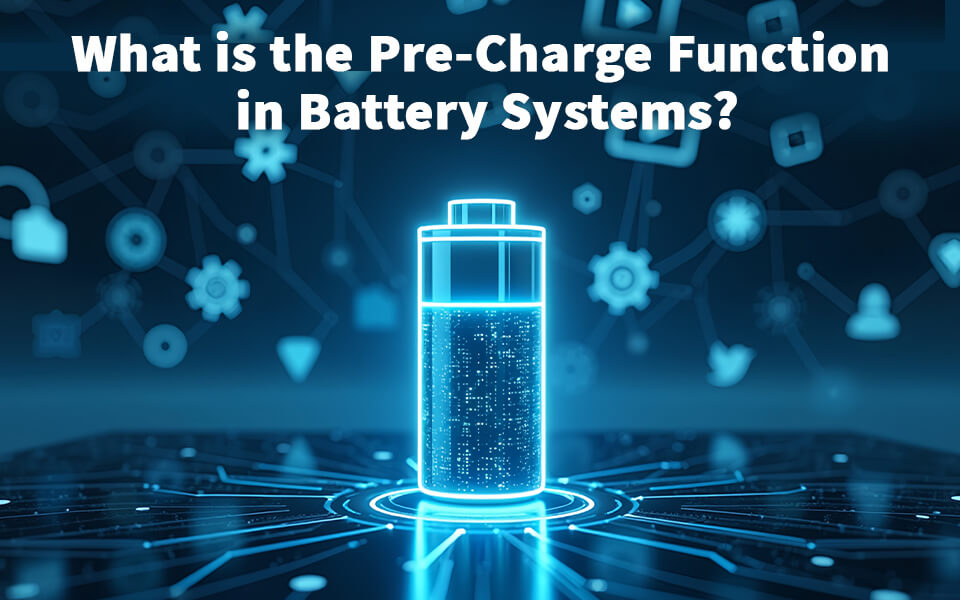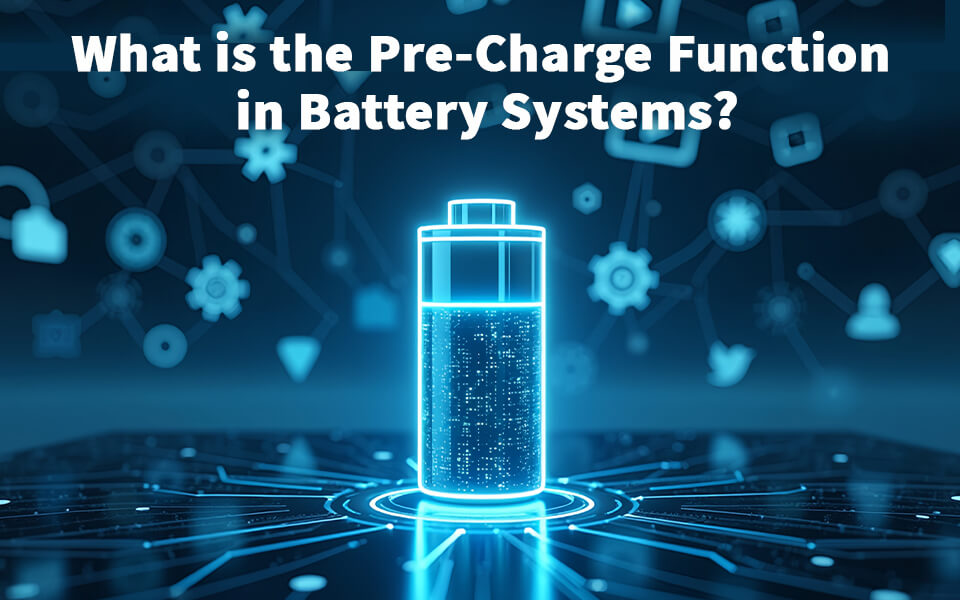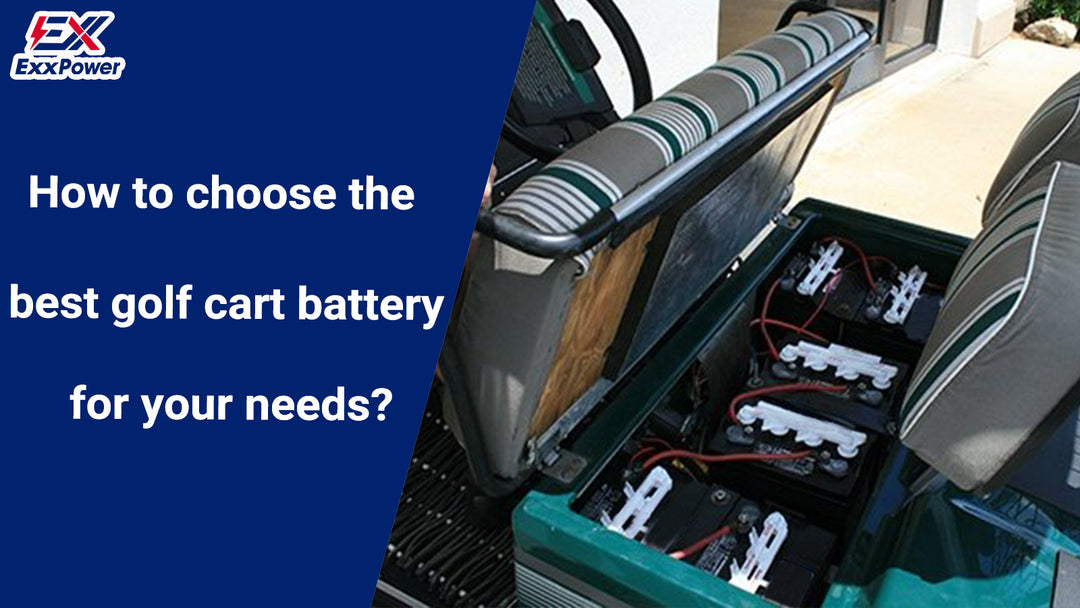What is the Pre-Charge Function in Battery Systems?

As battery technology continues to evolve, so does the complexity of the systems that manage and protect these power sources. One critical feature in advanced battery systems, particularly in high-voltage applications, is the pre-charge function. This often-overlooked component plays a vital role in ensuring the longevity and safety of battery-powered systems. In this blog, we'll explore what the pre-charge function is, why it’s important, and how it works in battery systems.
What is the Pre-Charge Function?
The pre-charge function is a protective mechanism used in battery systems, especially those involving high voltages and large capacitive loads. It is designed to gradually introduce voltage into a circuit before the full power is applied. This controlled introduction of power prevents sudden inrush currents that can damage the system's components.
When a battery is connected to a load, especially one with significant capacitance like an electric motor or inverter, there is a potential for a high inrush current as the capacitors charge up. This sudden surge of current can cause stress on the battery, wiring, and electronic components, potentially leading to overheating, damage, or even catastrophic failure.
Why is the Pre-Charge Function Important?
-
Protection of Components: The primary reason for implementing a pre-charge function is to protect the sensitive electronic components in the battery system. High inrush currents can cause excessive wear and tear on components such as contactors, switches, and the battery cells themselves. By controlling the current flow during startup, the pre-charge function reduces the risk of damage and extends the lifespan of these components.
-
Safety: High-voltage battery systems, like those used in electric vehicles (EVs) and industrial applications, carry significant safety risks. Without a pre-charge function, the sudden application of voltage can create dangerous conditions, including sparks, overheating, or electrical arcing. Pre-charging mitigates these risks by ensuring a smooth and controlled power-up process.
-
System Stability: The pre-charge function also contributes to overall system stability. By gradually ramping up the voltage, it prevents the electrical system from experiencing sudden shocks, which can cause instability or unexpected behavior in the load.
How Does the Pre-Charge Function Work?
The pre-charge process typically involves a resistor and a relay (or a contactor) that are integrated into the circuit. Here's a simplified overview of how it works:
-
Initial State: When the battery system is first powered on, the pre-charge relay is open, and the main contactor remains off. This prevents the full battery voltage from being applied to the load.
-
Pre-Charge Phase: The pre-charge relay closes, allowing current to flow through a pre-charge resistor. This resistor limits the current flow, allowing the capacitors in the load to charge gradually. The voltage across the load increases slowly, protecting the components from the high inrush current.
-
Full Power Application: Once the voltage across the load reaches a level close to the battery voltage, the pre-charge phase is complete. The main contactor then closes, bypassing the pre-charge resistor, and the full battery voltage is applied to the load. The system is now fully powered and ready for operation.
-
Pre-Charge Completion: After the main contactor is closed, the pre-charge relay opens, removing the resistor from the circuit. The system can now operate at full power without the risk of damaging components.
Applications of Pre-Charge in Battery Systems
Pre-charge circuits are commonly used in various high-voltage battery systems, including:
-
Electric Vehicles (EVs): In EVs, pre-charge circuits protect the vehicle's power electronics, such as the inverter and motor controller, during startup.
-
Renewable Energy Systems: In solar power systems with battery storage, pre-charge functions help manage the connection between the battery and inverters.
-
Industrial Equipment: Large battery-powered machinery often includes pre-charge circuits to ensure safe and reliable operation.
Conclusion
The pre-charge function is a crucial feature in modern battery systems, particularly those involving high voltages and large capacitive loads. By controlling the initial flow of current into a circuit, the pre-charge function protects sensitive components, enhances safety, and contributes to the stability of the entire system. As battery technology continues to advance, the pre-charge function will remain an essential component in ensuring the reliable and safe operation of battery-powered devices and vehicles. Understanding its role and importance can help users and designers make informed decisions about their battery systems, ensuring long-term performance and safety.






Leave a comment